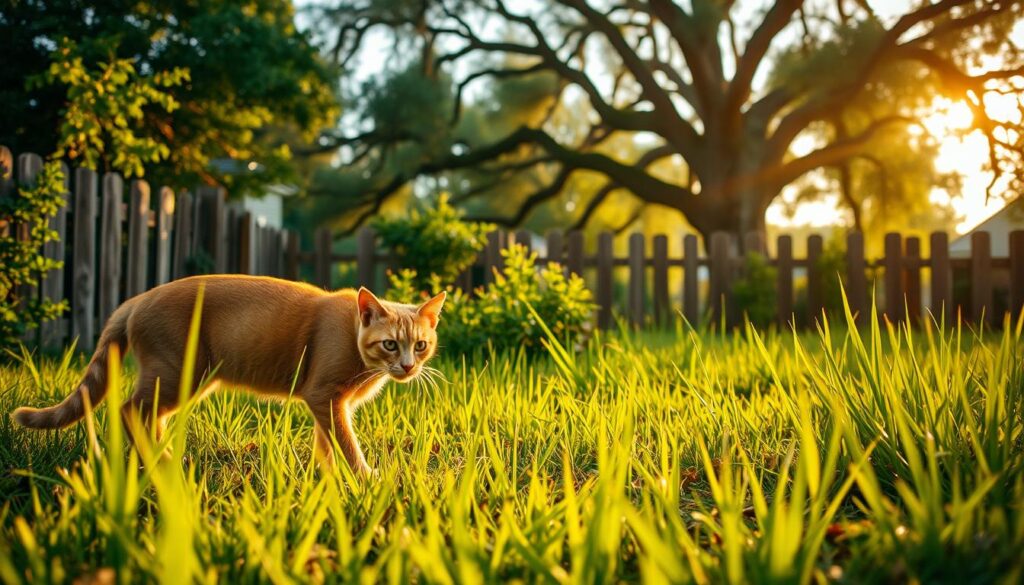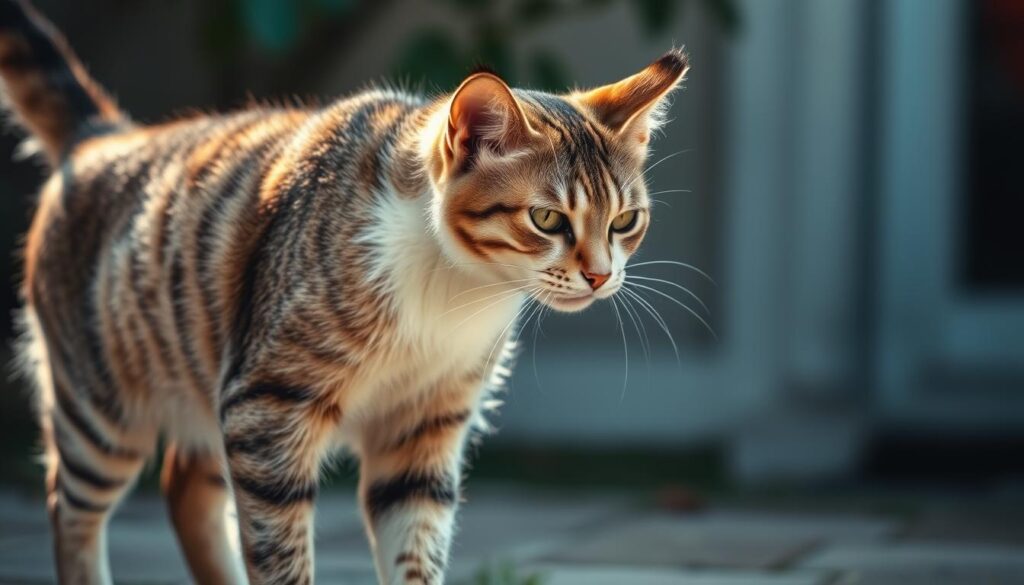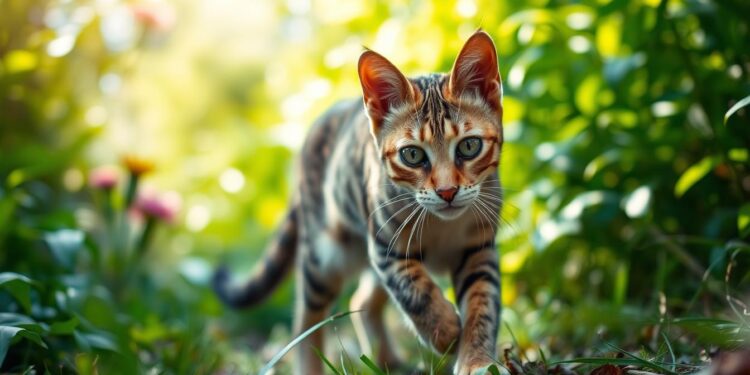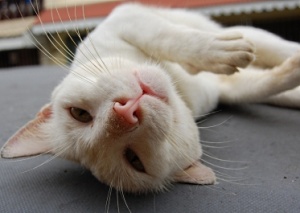As a cat owner, you’ve probably found yourself wondering what your feline friend is up to when they venture outdoors. Are they exploring the neighborhood, or simply lounging in the sun? A recent study highlighted in an NPR transcript shed some light on this curiosity, tracking the movements of nearly a thousand cats across six countries using GPS trackers.
The findings not only satisfied the curiosity of many pet owners but also raised important questions about the impact of outdoor cats on local ecosystems. As we delve into the world of feline behavior outdoors, it becomes clear that there’s a significant difference between the outdoor vs indoor cat behavior.
This article aims to explore these differences and the implications of cats being outdoors, providing insights into the lives of our feline companions.
The Secret Life of Outdoor Cats

As the sun sets, outdoor cats spring to life, revealing a secret world of adventure and survival. Their natural instincts take over, driving them to hunt and roam freely.
Natural Instincts in Action
Outdoor cats are crepuscular, meaning they are most active during twilight hours, at dusk and dawn. This is when they hunt birds, insects, snakes, lizards, and rodents, using their sharp senses and agility to catch their prey. Their predatory behaviors are a testament to their wild ancestry, showcasing their ability to survive and thrive in the great outdoors.
Daily Routines and Patterns
The daily routines of outdoor cats are centered around their hunting and roaming habits. They follow established patterns, patrolling their territory and marking their boundaries. This territorial behavior is crucial for their survival, as it helps them maintain control over their domain and avoid potential threats.
Cat Behavior Outside: A Closer Look

The great outdoors is where cats truly come alive, showcasing behaviors that are not seen indoors. When outside, cats exhibit a range of activities driven by their natural instincts. One of the primary behaviors observed is territorial marking and patrolling.
Territorial Marking and Patrolling
Cats are known to be territorial animals, and when outside, they engage in territorial marking by scratching trees, spraying urine, or leaving their scent behind. This behavior helps them establish a sense of ownership and warning other animals to stay away. They also patrol their territory regularly to maintain this boundary.
Hunting and Predatory Activities
Outdoor cats are skilled hunters, engaging in predatory activities such as stalking, chasing, and catching small prey like rodents, birds, or insects. This hunting behavior is crucial for their survival in the wild and is a manifestation of their cat behavior in the wild.
Social Interactions with Other Animals
Cats also engage in social interactions with other animals when they are outside. They may encounter other cats, dogs, or wildlife, leading to various interactions ranging from friendly to adversarial. These interactions are a vital part of their outdoor experience, helping them navigate their environment.
Understanding these behaviors provides insight into the complex lives of outdoor cats, highlighting their adaptability and resilience in various environments.
Surprising Facts About Feline Behavior Outdoors
Outdoor cats lead secret lives, full of surprising behaviors that many pet owners are unaware of. While they may seem like ordinary pets at home, their outdoor activities reveal a different story.
How Far Do Cats Actually Roam?
Research suggests that most domestic cats do not roam far from their homes. According to an NPR transcript, the average roaming distance is relatively small, but they still have a significant impact on local wildlife. Some key points to consider:
- Cats tend to stay within a certain radius of their home.
- Their hunting activities are often focused on local wildlife.
- Even with limited roaming, their presence can significantly affect the environment.
Seasonal Changes in Cat Roaming Habits
Seasonal changes can influence cat roaming habits. For instance, during mating seasons or when prey is more abundant, cats may roam further or alter their hunting patterns. Understanding these changes can provide insights into their behavior.
Understanding Your Outdoor Explorer
Understanding your cat’s behavior outside can be fascinating and informative. By recognizing their natural instincts and daily routines, you can better appreciate their outdoor adventures. Cats exhibit unique behaviors when outside, such as territorial marking, hunting, and social interactions with other animals.
The differences between outdoor and indoor cat behavior are significant. While outdoor cats engage in various activities, indoor cats can benefit from simulated hunting experiences. Recreating their natural hunting sequences indoors can be a great way to keep your cat engaged and active.
By acknowledging the importance of understanding cat behavior, you can take steps to provide a more stimulating environment for your pet, whether they spend time outdoors or remain indoors. This knowledge can help strengthen the bond between you and your feline companion.










